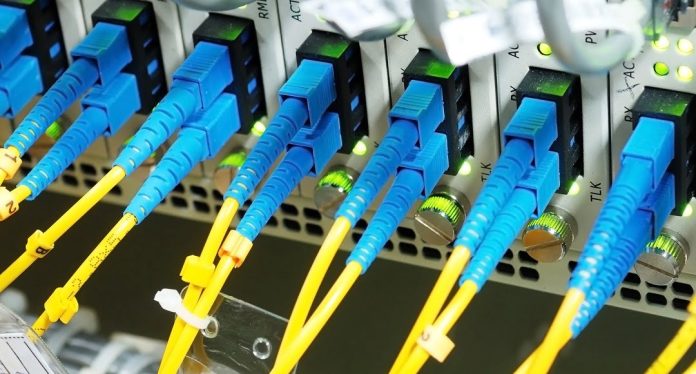How strong is optical fibre and how tightly can it be looped before it breaks?
Where optical fibre is concerned, tensile strength is the ability of a fibre to be strength or pulled without breaking. The tensile strength of a fibre exceeds that of a steel filament of the same size. Further, a copper wire must have twice the diameter to have the same tensile strength as fibre.
The main cause of weakness in a fibre is microscopic cracks on the surface or flaws within the fibre that grow, causing the fibre to break. A glass fibre can be looped into tight circles without breaking. It can also be tied into loose knots, though pulling the knot tighter than the minimum bend radius will break the fibre, so no weight should be applied after the knot and the cable should be well supported.
Minimum bend radius without load should not be less than 10x the outer diameter of the fibre and its jacket – that means if a fibre is 2mm in diameter, you should not bend it more tightly than a radius of 20mm. Minimum bend radius for a loaded cable should be 15x the outer diameter – s0 a bend radius of 30mm for a 2mm fibre.
Bends have 2 other effects installers should consider: They increase attenuation slightly. This effect should be intuitively clear. Bends change the angle of incidence and reflection enough that some high order modes are lost in a similar way to microbends. Further, all bends decrease the tensile strength of the fibre so that if pull is exerted across a bend, the fibre will fail at a lower tensile strength than if no bend was present.
#securityelectronicsandnetworks.com












